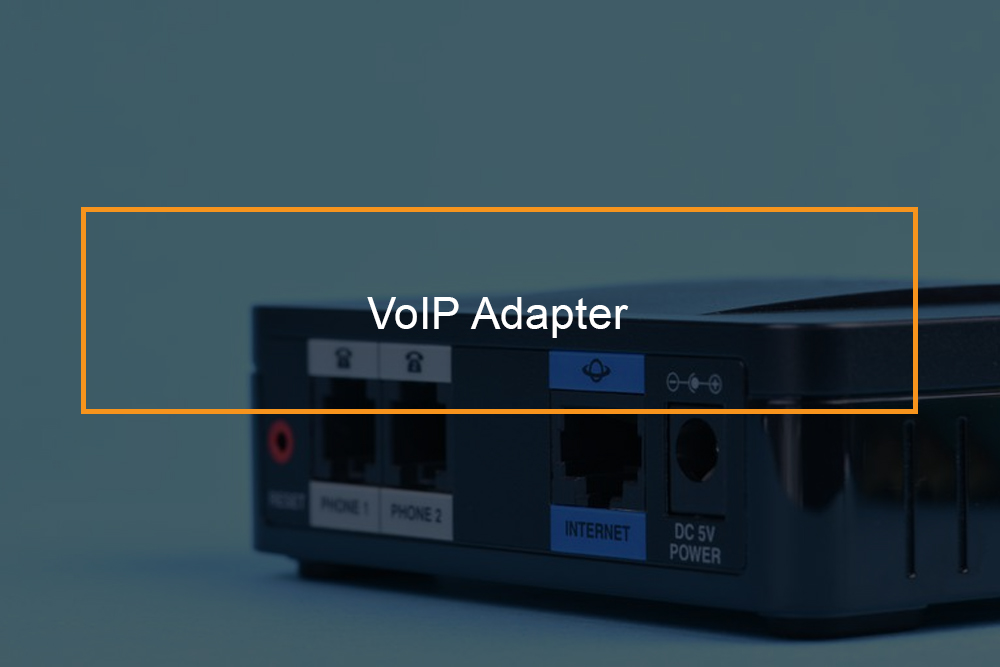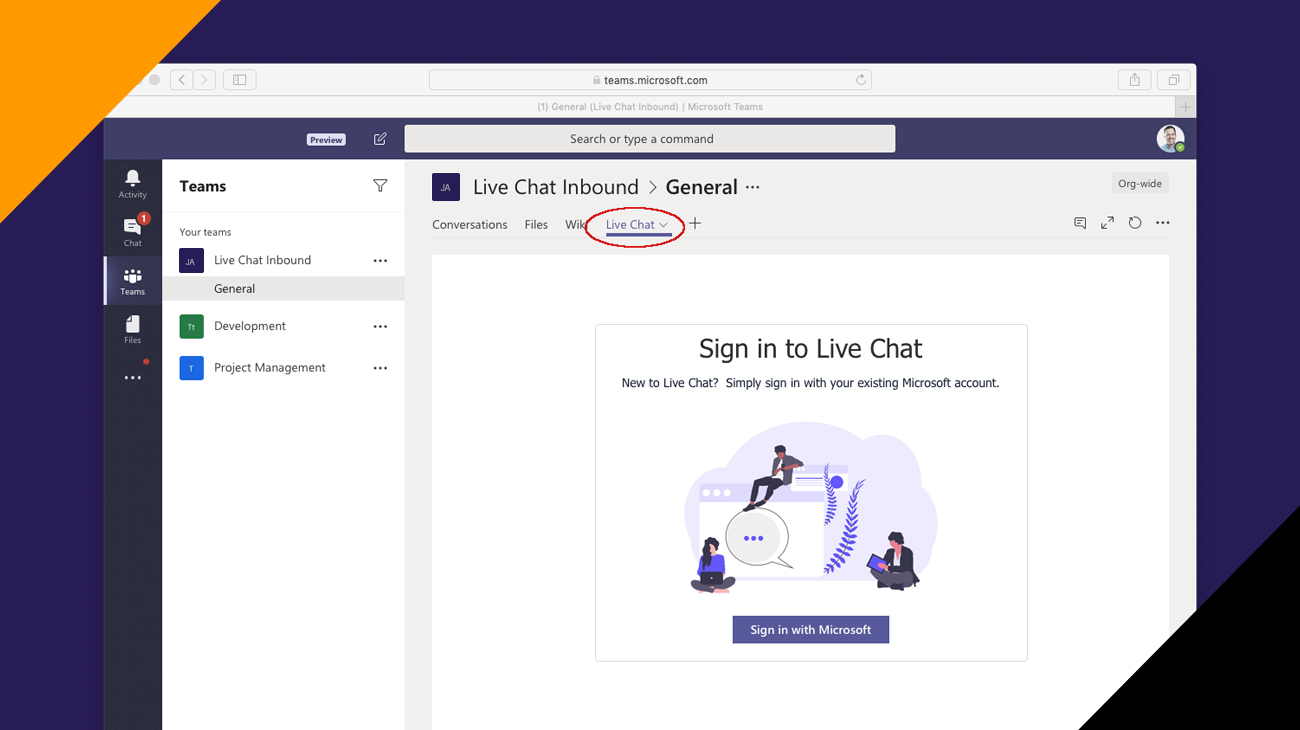Top Code Coverage Tools (For PHP, C#, C++, Javascript, and Java)
There are many ways to measure the coverage of testing in software testing, and the code coverage method is one of the most significant ones. Using the code coverage tools, you can identify the quantity of code tested while executing tests. In other words, code coverage tells us how much of the source code is covered by a set of test cases. It is an essential metric to maintain a standard quality of QA efforts. Generally, code coverage is measured in percentage of the number of lines implemented out of the total number of lines of codes while running code tests.
When writing test cases, one should put all the criteria in mind for maximum code coverage: that test cases should be written to cover all functions, statements, entry, value, parameter, lops, paths, decisions, and exit criteria. There are several tools in the market to measure code coverage. Let us explore the best ones in this post.
Table of content:
- What is code coverage?
- How is code coverage measured?
- What are code coverage analysis tools?
- Benefits of code coverage in software tests
- What is test coverage?
- How to perform test coverage?
- Code testing tools
- Benefits of testing coverage
What is Code Coverage?
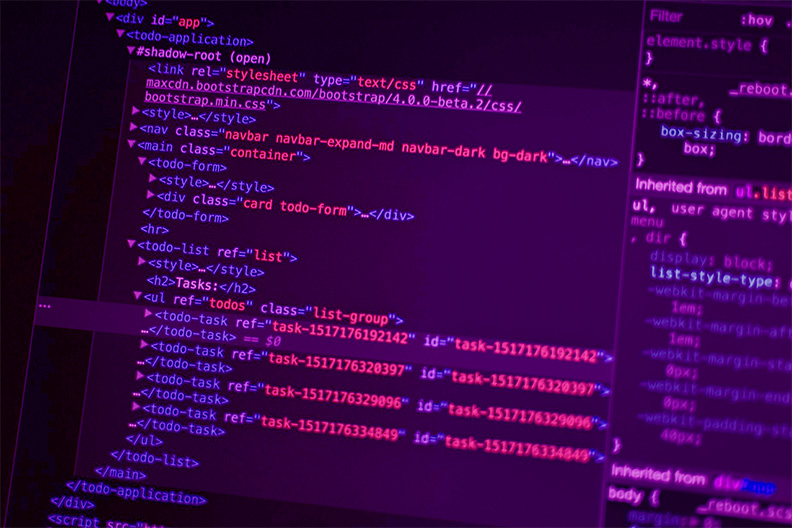
Code coverage denotes how much of a code is being executed while the automated tests are running. This metric is evaluated by special tools that add tracing calls inside the binaries of a code. This insight into your software can inform future development, for instance:
- Remove a dead code: You can quickly decide if unexecuted parts of your app should go or stay.
- Find what parts of your code aren’t covered by your tests. You can create tests for parts of your app that could be hiding bugs.
- Find what parts of your code are covered by your tests. You can choose if a chunk of code needs more testing or not.
Code coverage allows quality assurance personnel and developers to look for parts of a system that are rarely accessed under normal conditions (error handling) and assists in reassuring test engineers that the most critical code requirements (function points) are tested. The resulting output is analyzed to see the areas of code that have been exercised. Then the tests are updated to include these areas as necessary. Combined with other methods of code coverage, the aim is to develop a rigorous and manageable set of regression tests.
How is Code Coverage Measured?

Code Coverages Methods
Code coverage tools utilize one or more criteria to assess applications, but common code coverage methods include:
- Line coverage: How many lines of your program have been executed.
- Condition coverage: This means how many Boolean expressions have been validated inside your program. Condition code coverage provides better sensitivity to the control flow as compared to decision coverage.
- Path coverage: Under this coverage criteria, you assess how many paths of the control structures in your program (if loops or statements) have been executed.
- Statement coverage: Statement method coverage involves a white box testing technique in which executable statements in the source code are implemented at least once. Typically under this category, you evaluate the number of statements that have been successfully executed in your program.
- Function coverage: How many of your defined functions have been called?
- Loop coverage ensures that every loop in the source code is executed at least once. Specific loops might be executed depending on code coverage results achieved at runtime. You should be careful to test such loops to fortify the code thoroughly.
- Branch coverage: This is a white box testing method where every outcome from code modules (loop or statement) is tested.
- Decision coverage: The purpose of decision coverage tests is to cover and validate all the accessible source code by checking and making sure that each branch of every possible decision point is executed at least once.
These code coverage metrics are usually represented as the number of items actually tested, the items found in the code, and a coverage percentage (items tested/ items found). These coverage metrics are related but distinct. The best practices to establish what percentage of coverage is acceptable for your project before you release any new changes in production.
What are Code Coverage Analysis Tools?
In just any language and tech stack imaginable, you have ways to detect how thoroughly the unit test suite covers your codebase. Do not confuse code coverage with an assessment of the quality of your tests, though. It is just a measure of whether the tests execute the code. The result is a wide range of tools to select from that help you see how well your test suites cover your codebase. And this can become somehow confusing. So, in this section, we will take you through the different options for code coverage tools.
Code coverage tools are often used in programming languages like Java, C, C++, Python, NET, and many more planning languages.
List of Top Code Coverage Tools
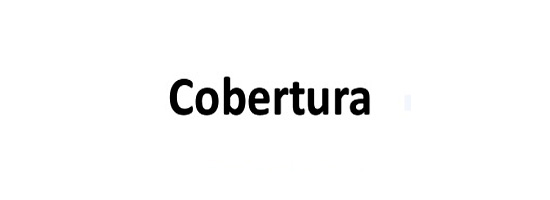
Cobertura
Based on retired jCoverage, Cobertura is one of the best open-source code coverage tools. It allows you to execute tasks through Ant and Maven or the Cobertura CLI. This popular code coverage tool is not actively maintained and does not support the present Java versions. This tool developed by Steven Christou is embedded into multiple QA tools and still lives on in other forms. Cobertura’s current version is 2.1.1, which was released in 2015.
Cobertura code coverage features
- Cobertura supports Java 8, Java 7, and Java 10
- The tool can be executed from the command line or ant.
- After compilation, Cobertura calculates Java bytecode and covers all the criteria of code coverage, including class, branches, and package.
- The reports are produced in XML or HTML
- These reports have the features of ascending, filtering and descending.
Pros and cons of Cobertura
- It is well designed for testers and developers
- Its reports are simple to understand, with options to filter as per the need
- It is an open source code coverage tool
- It only works for Java
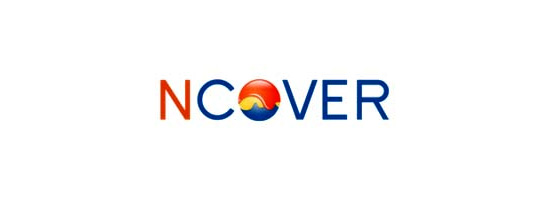
NCover
NCover is exclusively focused on code coverage. By specializing, this software offers highly detailed information, supporting measurements of coverage and integrating it for the entire team. It tracks trends in coverage and offers detailed reporting.
NCover is a comprehensive platform for this purpose. Some functionalities include:
- IDE painting
- 32-and 64-bit support and memory consumption optimization
- Extensive documentation and user support
- Detailed and centralized data about coverage
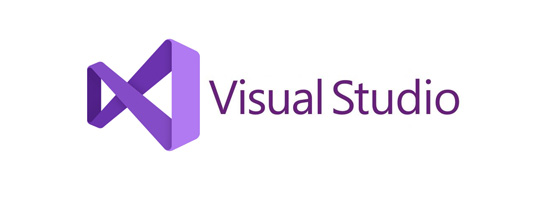
Default Visual Studio Code Coverage
Before downloading tools, understand that you may already have this capability. It depends on your version of the visual studio. If you are deploying the enterprise version, you can take advantage of this capability out of the box. There is comprehensive information about this in detail at the Microsoft documentation site. However, this is an excellent, comprehensive option that requires very little extra work, presuming you have the correct version. Here are Default visual studio code coverage key features:
- It comes from Microsoft, so you can anticipate plenty of support and maintenance if you invest in its usage
- You can have it paint IDE, indicating it allows you to visualize the coverage as you look at your code
- You can select all of your subsets and tests of them
- It reports coverage percentages at various granularities (such as class and assembly)

CodeCover
CodeCover is an open source glass-box testing tool for COBOL and Java. Generally, glass box testing is a testing technique that assesses the program structure and derives test data from the program code/ logic: codeCover measures statement, loop, branch, and strict condition coverage.
CodeCover is well integrated with development and testing tools, including Eclipse, JUnit, Jenkins, Ant, and more. It is licensed under the Eclipse Public License (EPL).
- Pricing: Free
- Last release: 2011, version 1.0.1.2
- Developers: Team at University of Stuttgart
- Programming languages: COBOL and Java
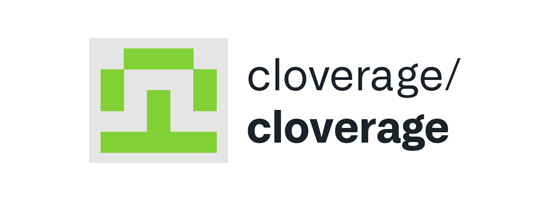
Cloverage
Cloverage is a simple and free plug-in tool you can integrate into your Clojure projects to get a special code coverage report.
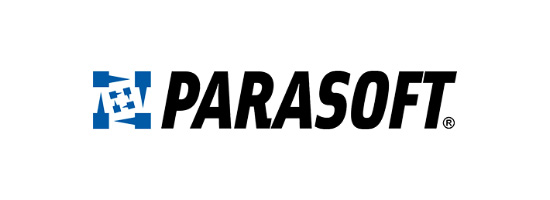
Parasoft Jtest
Parasoft offers a suite of testing tools for various purposes such as security testing, load testing, and more. It supports .NET, Java, C++, and C. One of its products, Jtest, offers code coverage. Jtest does code coverage by the statement, line, path, decision/branch, block, condition, and MC/DC. This is a great option if you are concerned about the compliance and security of your application code.
Jtest can break down code coverage by class, file, method/function. It reports unit tests and other types of tests such as integration tests, server-side testing, plugin testing, user acceptance testing, scripted testing, and automated end-to-end functional testing.
As one of the older code coverage tools, it is mature and integrates with all key tools such as IDEs and CI tools. It reports various metrics such as inefficiencies, policy violations, and errors. Nonetheless, it is rather closed in the way it is presented, requiring users to sign up to read the documentation and understand the product better. This is not developer-friendly; it is better-suited for traditional corporations.
Documentation: https://parasoft.force.com/customerportal/CommunitiesDocuments
Cost: Not disclosed
Last release: 2017, Version 10.3.2
Organization: Parasoft
Programming languages: C, C++, Java, and .NET
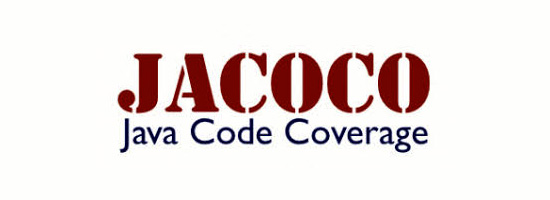
JaCoCo
JaCoCo is a free Open Source code coverage tool for Java. It is combined with various tools like Visual Studio, Jenkins, Gradle, Maven, Ant, etc. After devaluing Cobertura and EMMA, there was full demand for actively maintained code coverage tools, which is why this Jacoco tool was created. Jacoco assists in providing instructions, branch and line coverage. It is implemented as on-the-fly and off-line. This supports Java8 and Java7 and easy-to-navigate HTML and XML reports.
JaCoCo key features
- JaCoCo has the off-line and on-the-fly instrumentation for class files
- Coverage metrics for Branch, Line, Method, Instruction (explanation), Global Coverage, Per-test coverage (sonar/JMX).
- This represents reports in XML, HTML, and CSV
- It has Source code metrics as Cyclomatic Complexity
- Price:- Free
- Version:- version 0.7.10
- Who has Developed this:- EclEmma team
- Programming languages:- Java
Pros and cons
- The tools offer good performance for large-scale Java projects at a minimum runtime
- JaCoCo is bound for Java code coverage only
- Numerous tools support JaCoCo, such as VS Team Services, TeamCity, Gradle, Netbeans, and Jenkins
- The code coverage report generated by JaCoCo is easy is to understand
- It is simple to configure JaCoCo in Junit, Maven, etc., to get code coverage reports
- JaCoCo requires less implementation with minimum dependencies on external resources and libraries
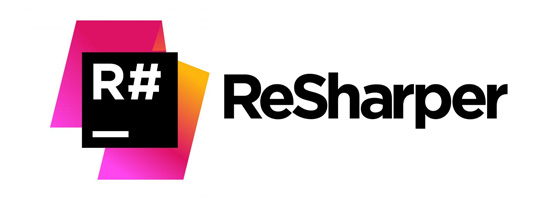
ReSharper’s dot Cover
A visual studio enterprise is an incredible tool; however, if the only reason you are buying it is to see coverage, you have significantly better options. For example, JetBrains dotCover, which comes with ReSharper Ultimate. It costs only $399 per year. So you get coverage analysis, and you get Resharper which is a great tool.
With dotCover, you get many features as well. Some key features of dotCover include:
- IDE painting
- Access to a cool hotspots view that calls out risky methods
- Navigate to covering tests
- Both CI integration of integration coverage measurements and visual studio
- Detailed reporting

Coverage.py coverage tool
Coverage.py is a code coverage analysis tool for Python. It monitors Python programs, notes which sections of the code have been executed, and analyzes the source to find code that could have been executed but was not. Coverage.py was initially developed by Gareth Rees and maintained by Ned Batchelder (and others) since 2004.
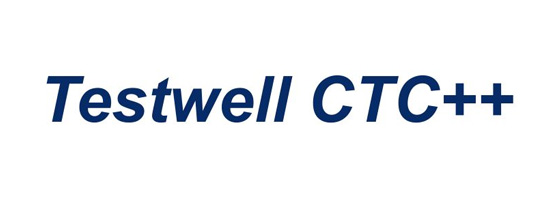
Testwell CTC++
Testwell CTC ++ is a product that has been active for the last 25 years, with highly reliable support for code coverage in all its shades. Pricing is not disclosed on their site; you will have to contact the team directly for a quote.
Gcov
Gcov is a free, open-source code coverage and statement-by-statement profiling tool.
Benefits of Code Coverage in Software Tests
| Benefit | How |
| Quantitative | Code coverage provides results in quantitative metrics, which assists developers in gauging the nature and health of their code. |
| Code coverage data enables easy elimination of errors and dead code | Let us say some parts of the entire codebase were not touched during code coverage, or there are segments of dead or useless codes. Code coverage enables easy removal of such codes, therefore improving the efficiency of the whole codebase. |
| Code coverage information enables introduction of test cases | If already available test cases do not extensively test the software, one can introduce their test cases to establish robust coverage. |
Note that at the end of testing, the decision to stop testing and release the product remains subjective, depending on the absence or presence of bugs, the success rate of each test cycle, the inflow of new bugs, and the confidence rating of the users or testers. While the definitive metric of quantifying how much the application was tested is missed.
Typically code coverage is measured as quantification of application code exercised by the testing activities. Code coverage can be measured at various levels- in terms of programming language constructs- Branches, Methods, Classes, Packages, or physical artifacts- Lines, Files, and Folders. For example, a line coverage metric of 67-percent means the testing exercised 67-percent of all executable statements of the application. A code coverage metric is accompanied by a Code Coverage Analysis Report- which assists in identifying the un-tested part of the application code, thus giving the testers early inputs for complete testing.
What is Test Coverage in Software Testing?
Unlike code coverage, test coverage is a black-box testing technique, which monitors the number of tests that have been executed. Generally, test cases are written to ensure maximum coverage of requirements outlined in many documents- URS (User Requirement Specification), SRS (Software Requirements Specification), FRS (Functional Requirements Specification), etc. The test coverage report offers information about parts of software where test coverage is being implemented. It offers information about the tests executed on a website or application.
How to perform Test Coverage?
Test coverage can also be carried out through different types of testing. Nonetheless, the type of tests that must be run depends on the company’s priorities of the testing team and the company behind them. For instance, user-centric web apps prioritize UI/UX tests over functional tests.
Some of the test coverage mechanisms include:
Unit tests (Unit testing)
Unit testing is performed at a module level or unit level. Bugs at this level are very different from problems encountered at the integration stage.

Integration testing
Also known as system testing, since testing occurs on the system level. These tests are carried out once all software modules are integrated.
Acceptance testing
This type of testing determines whether a product is suitable to be released for customer use. At this point, developers will have to receive approval from SMEs and testers to push code changes from Staging to Production.
Functional testing
Features or functions are tested against requirements mentioned in the Functional Requirement Specification (FRS) documents.
Automation testing
In simple words, automation testing is a software technique used to test and compare the actual outcome with the anticipated outcome. This can be accomplished by writing test scripts or deploying any automation testing tool. Test automation is utilized to automate repetitive tasks and other testing tasks which are hard to perform manually.

Performance testing
Stress testing, performance testing, and load testing are all different names for a set of types of automated testing where you utilize a load testing tool to simulate load by lots of users (known as VUs in the parlance or virtual users) on an application being tested. The main difference is what the objectives are:
- Performance testing/ engineering testing: you put a varying number of users as load, re-engineer the application, and measure performance to improve response times.
- Stress testing: You put an increasing number of users as load and see where it fails.
- Load testing: For this mechanism, you put the expected number of users against the application and see if it works well.
Generally, the purpose of test coverage varies based on the level at which tests are carried out. It also varies with the type of software being tested. Moreover, test coverage metrics for mobile phones differ from website testing. Some test coverage types include:
- Risk coverage: Each product requirement document mentions the risks linked to the project and how to mitigate them. They are addressed in this phase of test coverage. Nonetheless, this stage can’t predict or manage certain risks like changes in market conditions. For instance, while developing a company’s website, server infrastructure should be set up to ensure high-speed page access. Based on where the website is accessed, the closest server should be chosen for loading the website. If not, the user will get a low speed, and their experience will be sub-par. This needs to be tested.
- Features coverage: Generally, test cases are developed to implement maximum coverage of product features. For instance, to test a phone dialer application, the tester must ensure that the number being dialed is of proper length. For example, if the number is American, it should have ten digits. Otherwise, an error will occur. All mandatory and optional features should be tested according to priorities set by the product team.
- Requirements coverage: Tests are defined to offer maximum coverage of the product requirements as mentioned in requirement documents. For instance, to test a pre-installed SMS application, the tester should ensure that the default language is set according to location. This means if the mobile is being deployed in a country where English is not widely used like Japan, the default SMS language should be Japanese.
Code Testing Tools

The following tools will help to organize an end to end cycle:
- TestRail
- Testpad
- Xray
- Practitest
- Zephyr Scale
- SpiraTest
- TestMonitor
- QUnit
- Karma
Benefits of Testing Coverage
- Test coverage reports on parts of the code base that necessary test cases haven’t covered.
- It assists in detecting the areas of test cases that are useless for the current software project. Such cases are reported and can be eliminated to make the code lighter.
- It assists developers in creating additional test cases as required. These additional test cases help ensure that test coverage is maximum.
- It is helpful in preventing defect leakage.
Conclusion
Understanding code coverage tools and test coverage are vital for software engineers and architects. These concepts can help clean, strengthen and refine code so that the resulting software is the highest possible quality. QAs and developers can create result-driven, sophisticated codes by implementing code coverage tools.





